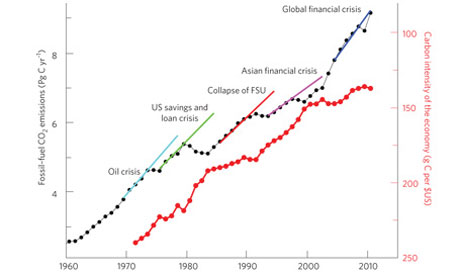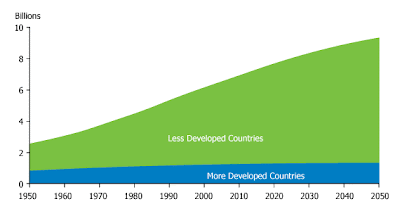As the Times states "a torrent of natural disasters in which about 30,000 people lost their lives has cost the worldwide economy a record $350 billion this year according to new figures published yesterday by Swiss Re".
Japan has been particularly hard hit - already struggling with an ageing population and an economy dependent upon imports - the earthquake and subsequent tsunami along with the flood in Thailand and the continuing uncertainty of the Eurozone's prospects dealt a severe blow to Japan's manufacturing confidence. The disasters in Japan will cost insurers $35billion, with the New Zealand earthquake in February resulting in payouts of $12billion and the floods in Thailand costing $12billion.
The fact is, according to Swiss Re's chief economist, Kurt Karl, "Unfortunately, earthquake insurance coverage is still quite low, even in some industrialised countries with high seismic risk, like Japan. So on top of people losing their loved ones, societies are faced with enormous financial losses that have to be borne by either corporations, relief organisations or governments, and ultimately taxpayers".
The question in a time of global economic uncertainty and tightening of belts is how will the world's most vulnerable and hazard prone countries survive i they are already dependent on global voluntary aid - will we see a new form of moral protectionism or will we still want to give?
Japan has been particularly hard hit - already struggling with an ageing population and an economy dependent upon imports - the earthquake and subsequent tsunami along with the flood in Thailand and the continuing uncertainty of the Eurozone's prospects dealt a severe blow to Japan's manufacturing confidence. The disasters in Japan will cost insurers $35billion, with the New Zealand earthquake in February resulting in payouts of $12billion and the floods in Thailand costing $12billion.
The fact is, according to Swiss Re's chief economist, Kurt Karl, "Unfortunately, earthquake insurance coverage is still quite low, even in some industrialised countries with high seismic risk, like Japan. So on top of people losing their loved ones, societies are faced with enormous financial losses that have to be borne by either corporations, relief organisations or governments, and ultimately taxpayers".
The question in a time of global economic uncertainty and tightening of belts is how will the world's most vulnerable and hazard prone countries survive i they are already dependent on global voluntary aid - will we see a new form of moral protectionism or will we still want to give?



















